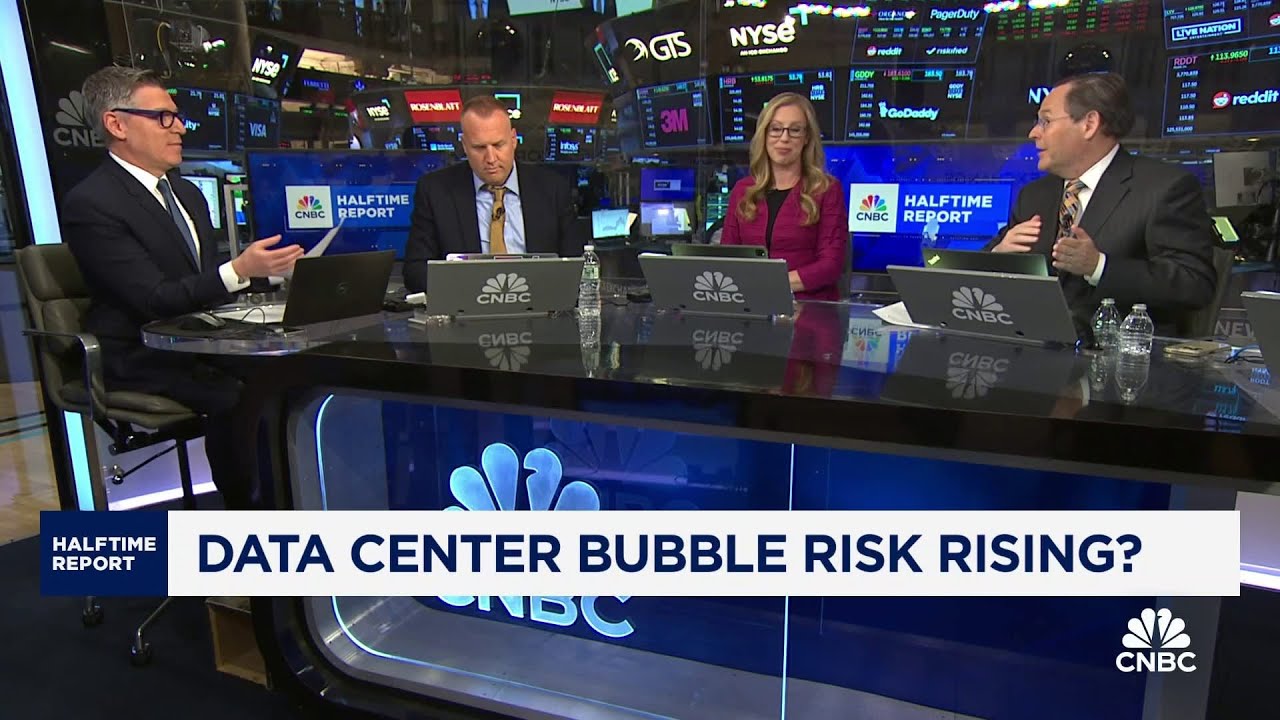The video discusses the potential risks surrounding CoreWeave’s upcoming IPO, particularly concerns about its financial health and the implications for Nvidia, its second-largest customer. Analysts express skepticism about the AI market’s stability, highlighting how a potential downsizing of the IPO could negatively impact investor confidence and, consequently, Nvidia’s future demand and revenue.
The discussion revolves around the potential risks associated with the upcoming IPO of CoreWeave, a company that provides software and cloud services for managing AI infrastructure. As the IPO approaches, there are concerns about a possible downsizing of the offering, which could indicate a lack of demand. Nvidia, a significant player in the AI space and CoreWeave’s second-largest customer, is also mentioned as a key factor in the deal. The conversation highlights the volatility in the market and the implications for Nvidia, especially given its substantial investment in CoreWeave.
Analysts are raising red flags regarding CoreWeave’s financial health, noting its rapid revenue growth from $16 million to $2 billion over the past few years, but also widening losses. There are suspicions of creative accounting practices that may inflate gross margins. The backdrop of market volatility, particularly concerning the AI supply chain and data centers, adds to the uncertainty surrounding the IPO. The discussion emphasizes the importance of investor sentiment and demand for the success of the offering.
The potential downsizing of the IPO is seen as a significant concern, especially since it is expected to be the largest IPO of the year. The conversation points out that the timing of the IPO raises questions about why CoreWeave is going public in such a challenging market. The need for Nvidia to anchor the offering with a substantial order further complicates the situation, as it creates a related-party transaction that could deter investors.
The panelists express skepticism about the overall health of the AI trade and the implications for Nvidia. They discuss the risks associated with CoreWeave’s debt and the potential impact on Nvidia’s future demand if investor confidence wanes. The conversation highlights the interconnectedness of AI infrastructure investments and Nvidia’s business, suggesting that any slowdown in demand could have cascading effects on Nvidia’s revenue.
Ultimately, while there is optimism about Nvidia’s long-term prospects in the AI sector, the current market dynamics and the challenges facing CoreWeave’s IPO raise significant concerns. The discussion underscores the importance of monitoring investor sentiment and market conditions, as these factors could influence Nvidia’s performance and the broader AI landscape in the coming months.
